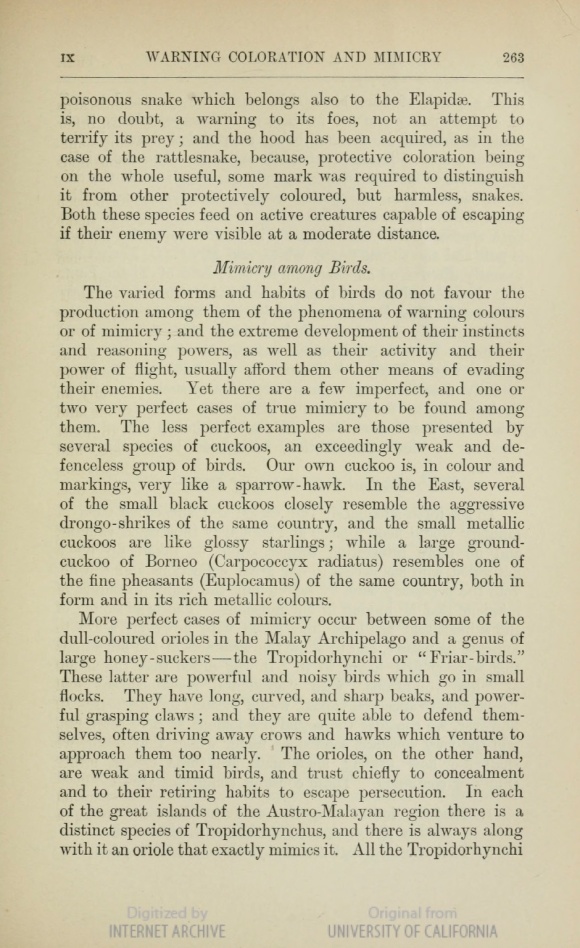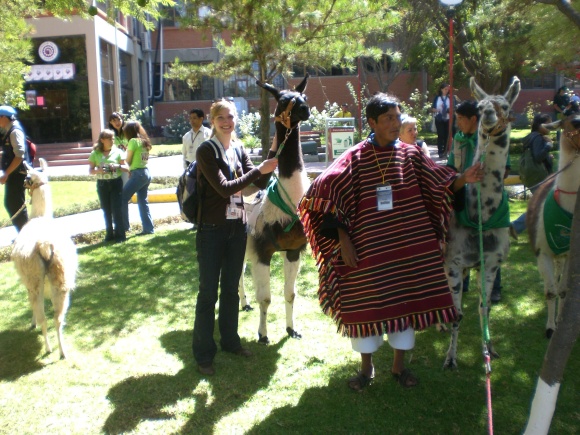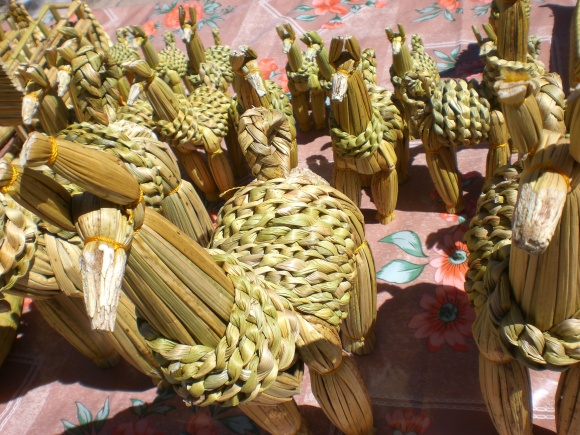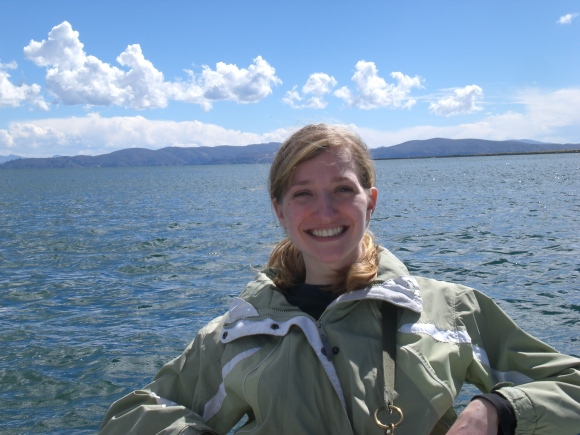
Sea anemone, you were an awkward 12 year old’s biggest crush. Credit: Ashley Braun/All rights reserved.
When I was twelve years old, I had science class in the cinder-block basement of my middle school. But perched along the perimeter of that schoolroom filled with basic black lab tables and little natural light was a bubbling saltwater aquarium and a couple plastic containers with secure, vented lids.
We students, trustworthy sixth graders that we were, could volunteer to feed their inhabitants: sea anemones, a furry and secretive tarantula, and three-inch long Madagascar hissing cockroaches.
I savored the opportunity to stick my gangly arm deep into the saltwater tank, tickling the sea anemones’ sticky tentacles as I dropped bits of chicken onto the marine invertebrates’ smooth oral disks. For a young girl hundreds to thousands of miles from the ocean or tropical forests, these science class pets quickened my pulse and my fascination with the natural world. I didn’t care if it was the weird bugs in my classroom or the rhinos, three-toed horses, and camels buried by volcanic ash in northeastern Nebraska, which we ventured out to see while visiting my mom’s family. I find these experiences and my reactions to them (delight rather than horror or boredom) reassuring. Then again, I’m a professional science writer.
But these sparks of interest in science aren’t (and shouldn’t be) limited to those of us with a professional connection to science. Carpenters and professional football players and accountants and waitresses are welcome too.
One point made over and over again at the recent Evolving Culture of Science Engagement workshop was that we as science communicators need to figure out how to reach beyond the usual audiences of those already interested and light that spark of curiosity and critical thinking in everyone else. The aim? A scientifically literate public.
The world depends on informed citizens making informed decisions. Science and technology have become entwined in everyday life in unprecedented ways, and the average person should be able to understand enough about the world around them — or at least respect the scientific pursuit of understanding — to act appropriately when life and society require it.
Psychology professor Caleb Lack explores on his blog Great Plains Skeptic the question of what a scientifically literate population looks like in the 21st century. What resonated the most with me was his definition of scientific literacy not as a memorized collection of facts but more as a way of thinking:
Science is, instead, an empirical, rational way of thinking and seeking answers to questions and evaluating claims. It is the application of a specific series of steps to arrive at empirical support for or against an idea. As such, scientific literacy should not be seen as the ability to parrot answers to questions such as “What is the speed of light?” or knowing the steps used to balance a chemical equation. Scientific literacy should instead be seen as the ability to access and use the methods of science when confronted with a question to which one does not know the answer. It should be seen as the ability to minimize the myriad of thinking errors to which we humans are so prone while using those same methods. A scientifically literate society should be able to, in short, think like a scientist about its dilemmas by evaluating the world skeptically.
Yet people today can still believe that Earth is only 6,000 years and that the measles vaccine causes autism and other disorders despite repeated, rigorous scientific study discrediting these claims. Part of this discrepancy originates in humans’ tendency to rationalize preexisting but strongly held beliefs (often coming from their religion, community, or cultural leaders), even at high levels of education. But another factor is scientific illiteracy, the inability to think critically, be open to examining credible evidence, or distinguish between science and pseudoscience.
Approaching this challenge by trying to force-feed people ever-more facts discrediting their beliefs doesn’t work and can even backfire, instead reinforcing incorrect notions. Even in the face of spectacular refutation of their belief systems, people can still manage to believe aliens are coming to save them from the apocalypse.
So. How do we go from apocalyptic aliens to a societal respect, and perhaps hunger, for science?
A vital step is tailoring the communication of scientific information to the cultural values of the audience. But I also think we can find clues about what works in the conversation started on Twitter by Ben Lillie, physicist-turned-storyteller and founder of The Story Collider. He asked people about their early science-related inspirations — those books, people, moments, etc., that touched them in a very real way.
Right. Switching hashtags. What science thing first made you really *feel* something? #sciencespark
— Ben Lillie (@BenLillie) November 13, 2013
An overwhelming deluge of nostalgia and excitement followed (which you should read): people sharing memories of gaping wide-eyed at Saturn’s rings through a telescope, of being inspired by beloved or bizarre family members and teachers, and of amazing things like this:
.@BenLillie In daycare they told us about the Earth’s crust, so I took a shovel under a tree to find it. #sciencespark
— Elizabeth Preston (@InkfishEP) November 14, 2013
As children, these experiences of discovery, when everything is new and wondrous, are nearly effortless. But how do we as busy, cynical adults recapture that instinctive, unabashed curiosity about the universe and how things work, whether it’s wondering how the rain hits the windshield or what makes up the microscopic particles what make up everything? When do you remember having that spark of understanding mixed with an openness to exploring the infinite possibilities of the universe? When did you lose it (if you feel you did)?







